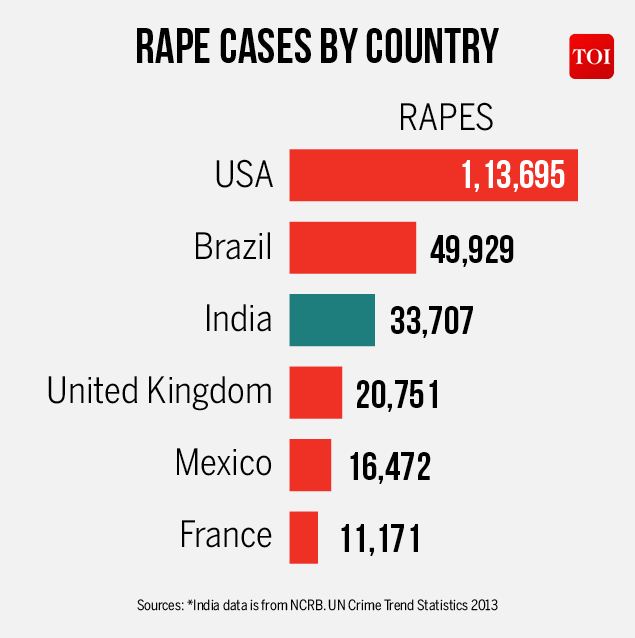“Me too”– Ever since movie mogul Harvey Weinstein was accused of sexual assault, those two simple words have become a rallying cry. All together—women, men, and everyone in between—used it to share personal stories of sexual harassment and assault: stories that few previously believed or chose to share due to societal stigma against victims of sexual violence. The hashtag burned all over twitter after Alyssa Milano called out to other victims so that “we might give people a sense of the magnitude of the problem.” But the movement didn’t really start with Alyssa Milano. It started 10 years ago with Tarana Burke, a feminist activist against sexual assault. An interview with Ms. Burke reveals her story:
“For the next several minutes this child [I met at my camp] … struggled to tell me about her ‘stepdaddy’ or rather her mother’s boyfriend who was doing all sorts of monstrous things to her developing body. … I couldn’t help her release her shame, or impress upon her that nothing that happened to her was her fault. I could not find the strength to say out loud the words that were ringing in my head over and over again as she tried to tell me what she had endured. … I was horrified…I watched her walk away from me as she tried to recapture her secrets and tuck them back into their hiding place. I watched her put her mask back on and go back into the world like she was all alone and I couldn’t even bring myself to whisper … me too” (Tarana Burke, “#MeToo: An activist, a little girl and the heartbreaking origin of ‘Me too’”).

Burke’s interview with CNN was released along with shocking statistics—one in every three women in the United States has been sexually assaulted and one in every five report complete or attempted rape, while 1 in 71 men have been raped (“National Institute Intimate Partner and Sexual Violence Survey: 2010 Summary Report”).

Psychologist Dr. Noam Shpancer provides some “insight” on these statistics: in popular media “the male sex drive was considered so explosive and animalistic as to render men unable to control themselves when stimulated… Men are considered dominant to a woman’s submissive… This justifies men’s efforts to control… how [women] dress” as certain clothing is said to invite sexual advances (Noam Shpancer). But why? Why is it that women are “naturally submissive” in bed? Why do certain outfits indicate that women “want rape”? Why must women conceal their sexual desires where men seemingly fling their wang around freely? Why are only girls who had a lot of sexual activity referred to as sluts, where boys who “got with lots of girls” are praised?
Frustrated with these dichotomies, I began working at the Teen Link Crisis Response call-center, training for the Durham Crisis Response Center hospital team for victims of sexual assault and domestic abuse, and volunteering to teach young teens about sexual assault and reproductive health with Orange County Rape Crisis Center. As a Gender Studies minor, I took GSF classes like the course “Work, Sex, and Power” and “The Subject Embodied”, to deepen my understanding of historical context, ethics, and social justice issues. Through these lenses, I formed my identity as a feminist.
My feminism is about supporting, uplifting, and empowering others. It’s is about learning that all people don’t experience societal standards in the same way. It’s about listening and understanding that society treats women of different races, sizes, gender identities, physical abilities differently and being mindful of that. Working at OCRCC, Teen Link, and DCRC has made me aware that many people cannot easily access resources related to their reproductive and mental health. This awareness motivated me to give back to gender violence survivors, women who have been deprived of their right to their own bodies through blocked access to abortion, and families/workers who have trouble accessing the resources that I take for granted.

That is why I will be working at Choices Women’s Medical Center this summer. I plan to do mostly social media work, including writing blog posts and newsletters for Choices as well as upkeeping their website, Instagram, Facebook, and Twitter accounts. Through these media platforms, I hope to not only have deep Pro-Choice conversations with the employees of Choices but also to learn more about how modern organizations continue to fight our war against the patriarchy (not to mention… I am a HUGE Merle Hoffman fan!).
So, why am I interested? Because I want to engage in more rigorous discussions on feminist frameworks. I want to uncover answers to the questions that plague me. I want to keep seeking social justice against the patriarchy. And, I want to continue to make empowering other women a priority.
